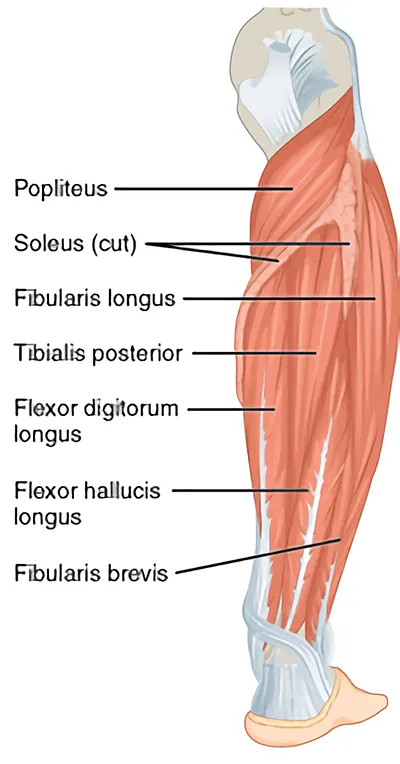Shin splints can be quite debilitating. They can stop the most seasoned runner from running. But what exactly are shin splints and why are you getting them?
Shin splints is a one fits all term given to issue of pain felt in the shin of the lower leg. There can be a few different reasons for shin splints, namely:
- Stress fractures in the bone itself (rarely the case)
- TIbialis Anterior dysfunction
- TIbialis Posterior dysfunction
Stress fractures
Stress fractures are minute fractures in the bone that “may” cause pain when running. Stress fractures tend to happen when the bone/muscles aren’t prepared for the load put on them. People fairly new to running can suffer from this issue, as they pound the pavement straight away with out building up load gradually instead, exposing the muscles/tendons/bones etc to high impact forces straight off the bat.
Tib Anterior dysfunction
This would be the more straightforward to rectify and tends to respond well to stretching and manual therapy. The tib anterior is a muscle that runs from your foot to just below the knee. Its involved in inversion and dorsiflexion of the foot (bringing the sole of your foot in towards the midline, and up towards your knee. There are many reasons why people may get pain in this muscle including improper load (too much too soon) running technique and gait or, how you actually move your foot as you land. It can also take over the roll of the toe extensors in a compensatory relationship.
Tib posterior dysfunction

This one is a little more complex and harder to manage. The tib posterior is a muscle in the calf, under the other two main calf muscles, soleus and gastrocnemius. Its job is to plantarflex the foot (push down) and invert much like its partner the tib anterior ( the share and attachment point in the foot) What makes this a trickier customer to treat is the the number of things that it can be compensating for. For example, the tib posterior may become overactive in situations where a sprain or an ankle injury may have occurred. It can also become overactive if the Glutes are non firing on all cylinders. It can become overactive if its brother tib posterior isn’t happy. If stabilisers in the hip aren’t working tib posterior will try and take up the slack.
There are any number of reasons. So how do we know which one is which and what do we do about it?
Shin splints are not limited to tib posterior or anterior. They can be caused by many other factors on the shins, such as inefficient toe flexors or extensors, peroneal muscle inefficiency, periosteal trigger points in the bone itself, blood circulation and so on so forth.
As always, my best advice would be to get it checked out by a professional instead of guessing. However, you can try process of elimination. If you get most pain in the front of the shin, try massaging the muscle with a ball and working on some ankle mobility drills.
As per usual, prevention is always better than cure so here are a few ways to avoid getting shin splints or a recurrence:
- Improve ankle mobility
- Improve running technique. Shorten the stride so you don’t heel strike as much
- Improve hip mobility to allow for a more efficient stride.
- Load the ankle and surrounding muscles progressively over time. Don’t do too much too soon.
- Strength train. Hitting the road is only one part of a good running training program. Strength training should be incorporated into a run program 2 days per week, to improve control, strength, and endurance in the muscles and the joints. Remember, the key is to load the muscles, bones and tendons over time. Too much too soon and you’re asking for trouble.





